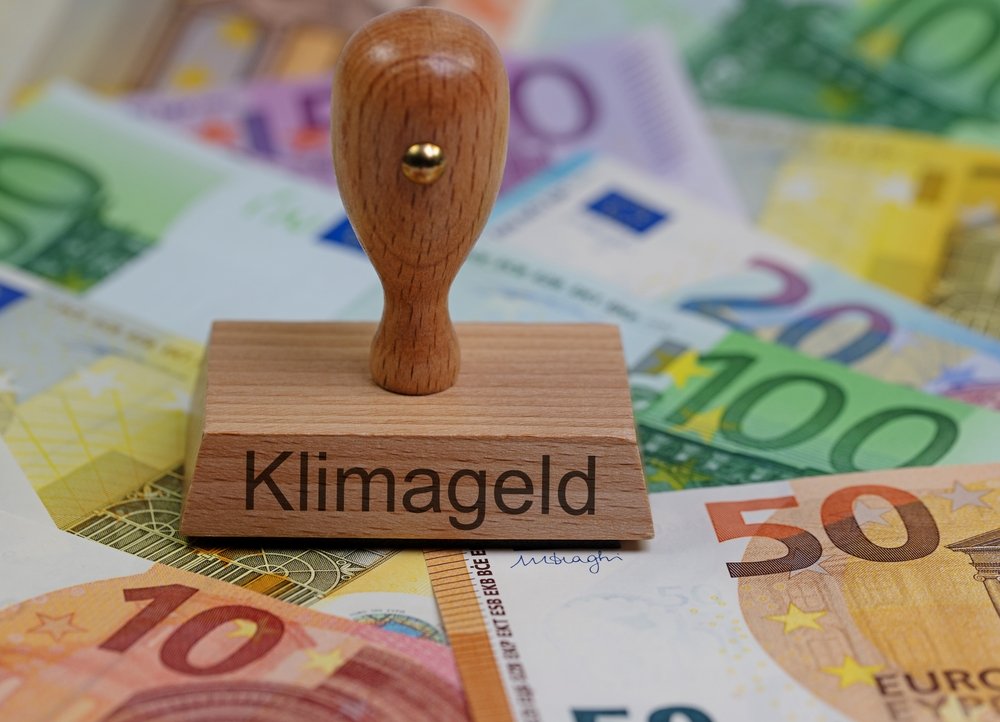The allocation of climate aid is facing increasing criticism, as a large portion of the funds goes to economically powerful nations, with Germany contributing billions annually. While fragile countries barely benefit, a number of recipients with high emissions and substantial revenues receive considerable sums. These subsidies from industrialized nations were originally intended to support vulnerable countries – today, a system with significant imbalances is evident. (theguardian: 14.11.25)
Unequal Distribution of Climate Aid
International climate aid flows along political alliances and national priorities rather than according to urgency. Only about one-fifth of the total funds reach the 44 poorest countries (LDCs).

Instead, countries like China, Saudi Arabia, and the United Arab Emirates benefit disproportionately from climate aid. According to official reports, Germany contributes approximately €6 billion annually to global climate finance.
Loans instead of grants – climate funds as a debt trap
In the poorest countries, loans dominate the distribution of climate aid, exacerbating their already strained financial situations. Payments intended as investment aid are leading to repayment obligations, interest, and long-term debt. Countries like Bangladesh and Angola received over 90% of the funds as loans, not grants.
Wealthy recipients – a new distribution trend in climate funds
It is striking that countries with strong economic growth receive large amounts of climate aid. China and the Gulf States are among the top recipients. At the same time, low-income developing countries see hardly any flow of funds. These aid payments are thus becoming strategic resources rather than targeted rescue packages.
Outdated Categories Hinder Fair Distribution of Climate Aid
A key problem lies in the classification of “developing country.” Countries like Qatar, Singapore, and China are still considered “developing countries,” even though they have long been among the world’s leading economic powers. This allows them unimpeded access to climate aid, while weaker states benefit less. A genuine support strategy would urgently require a rethinking of these categories.
